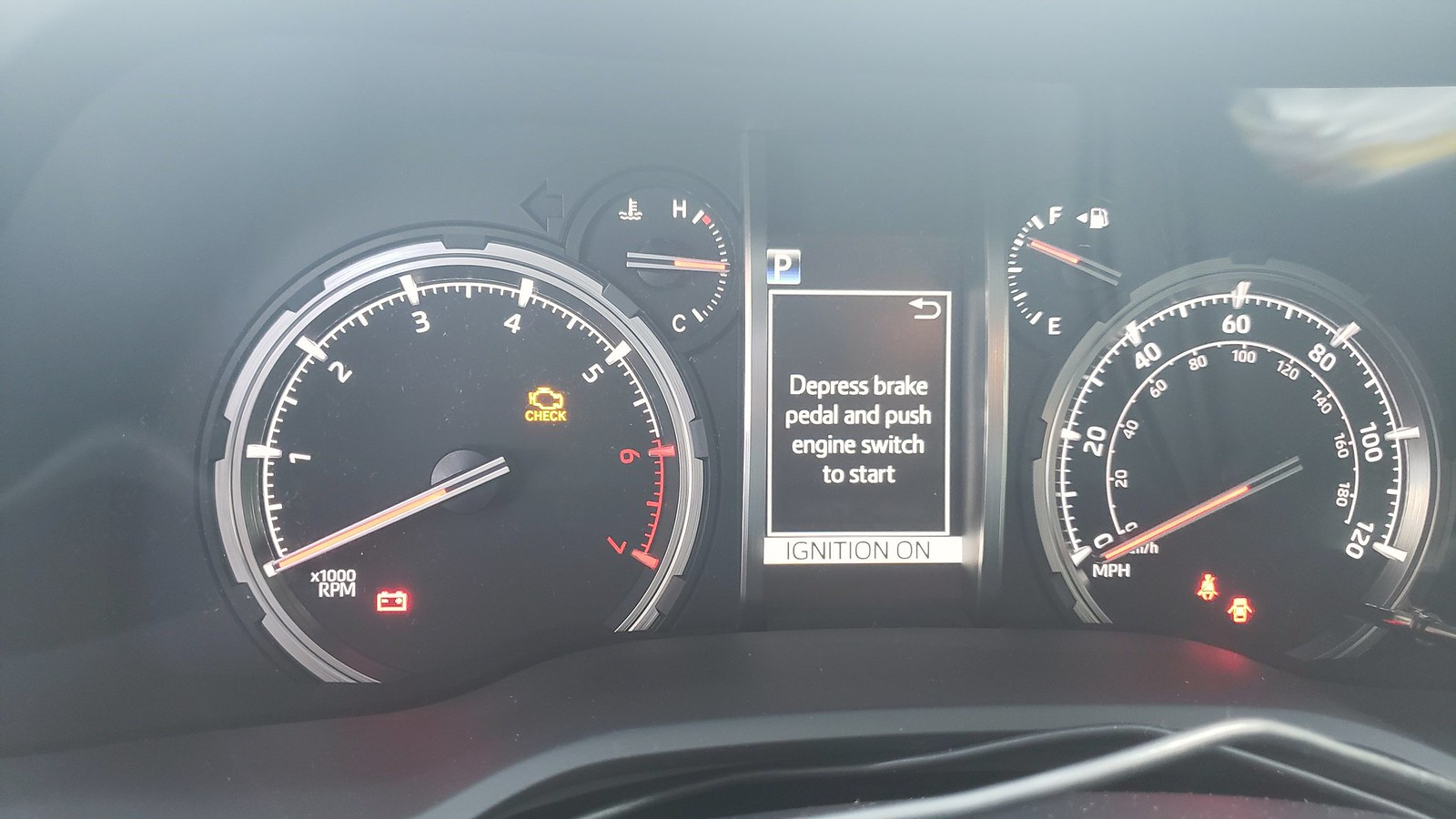
This article explores the impact of a lit Check Engine Light (CEL) on the outcome of a car inspection. It delves into the varying regulations across states, the influence of vehicle age and weight, and the importance of prior inspection records.
Introduction: The Check Engine Light (CEL) is a cause for concern among vehicle owners. This article aims to provide insights into the potential consequences of a lit CEL during a car inspection.
- State and County Motor Vehicle Laws: The ability to pass an emissions inspection with a lit CEL depends on the specific regulations of each state and county. Factors such as vehicle age, gross weight, and mileage since the last inspection also come into play.
- State-Specific Examples: In Pennsylvania, for instance, a vehicle cannot receive a safety inspection sticker if it fails an emissions test, even if it passes the safety inspection. This regulation has been cited as one of the most challenging to explain.
- Understanding Car Inspections: Car inspections typically encompass two types: safety inspections and emission inspections. Safety inspections evaluate crucial components like brakes, steering, tires, and exhaust to ensure roadworthiness. Emission inspections focus on verifying the proper functioning of emission control systems and measuring tailpipe emissions for smog levels.
- Varying Inspection Requirements: Each state has its own set of inspection requirements. While some mandate both safety and emission inspections, others may only require one or none. Some states even demand proof of insurance before conducting an inspection. Vehicle owners should consult their state’s Department of Motor Vehicles (DMV) to determine the specific inspections required.
Conclusion: To ensure compliance and peace of mind, it is advisable to obtain an independent pre-purchase safety and emission inspection before buying a used car. Understanding the regulations and requirements of car inspections in one’s state is crucial for vehicle owners to navigate the complexities associated with passing inspections, particularly with a lit Check Engine Light.
This section provides an overview of the entities responsible for conducting emission inspections, including certified repair shops and testing stations. It also discusses the various components and tests involved in an emission inspection, such as visual anti-tampering checks, onboard diagnostic tests, and tailpipe idle tests.
- Emission Inspection Authorities: The responsibility for conducting emission inspections varies by state. For example, in New York and Pennsylvania, independent repair shops and mechanics certified by the state perform emission inspections and repairs. Arizona, on the other hand, operates its own emission testing stations. Vehicle owners should consult their state’s Department of Motor Vehicles (DMV) to identify authorized inspection locations.
- Emission Inspection Procedures: The specific procedures during an emission inspection depend on factors such as the state, region, and vehicle year. An emission inspection and maintenance inspection (I/M) may include the following tests:
- Visual Anti-Tampering Inspection: This examination ensures that all emission components are present, functioning correctly, and haven’t been modified. Inspectors typically check components such as the catalytic converter, exhaust gas recirculation (EGR) valve/system, positive crankcase ventilation (PCV) valve/system, air pump and related parts, evaporative control system canister and filter/system, fuel lines, and gas cap.
- Onboard Diagnostic (OBD) Test: During this test, the vehicle connects to the emission testing equipment through the on-board diagnostic link connector (DLC). It checks the readiness monitor status, which verifies the proper functioning of the OBD system. Additionally, it examines the Check Engine Light (CEL) status when the engine is off and the key is on, as well as the presence of any diagnostic trouble codes (DTC) stored in the OBD system.
- Tailpipe Idle Test: The tailpipe idle test measures exhaust gas emissions, including hydrocarbons (HC), carbon monoxide (CO), oxides of nitrogen (NOX), and oxygen (O2).
- Emission Inspection Duration: On average, an emissions test typically takes between 15 and 30 minutes to complete.
- Standards and Repairs: States may follow either California’s stringent emissions I/M standards or the U.S. Environmental Protection Agency (EPA) Vehicle Emissions Inspection and Maintenance I/M standards. In case of a failed inspection, the inspector provides a report, but it is typically not their responsibility to diagnose or suggest specific repairs. The vehicle owner or a qualified mechanic must identify the cause of the failure and perform the necessary repairs to pass the inspection.
Conclusion: Emission inspections involve thorough checks of emission components and the vehicle’s diagnostic system. It is essential for vehicle owners to understand the inspection procedures and consult their state’s regulations to ensure compliance and address any potential issues identified during the inspection.
